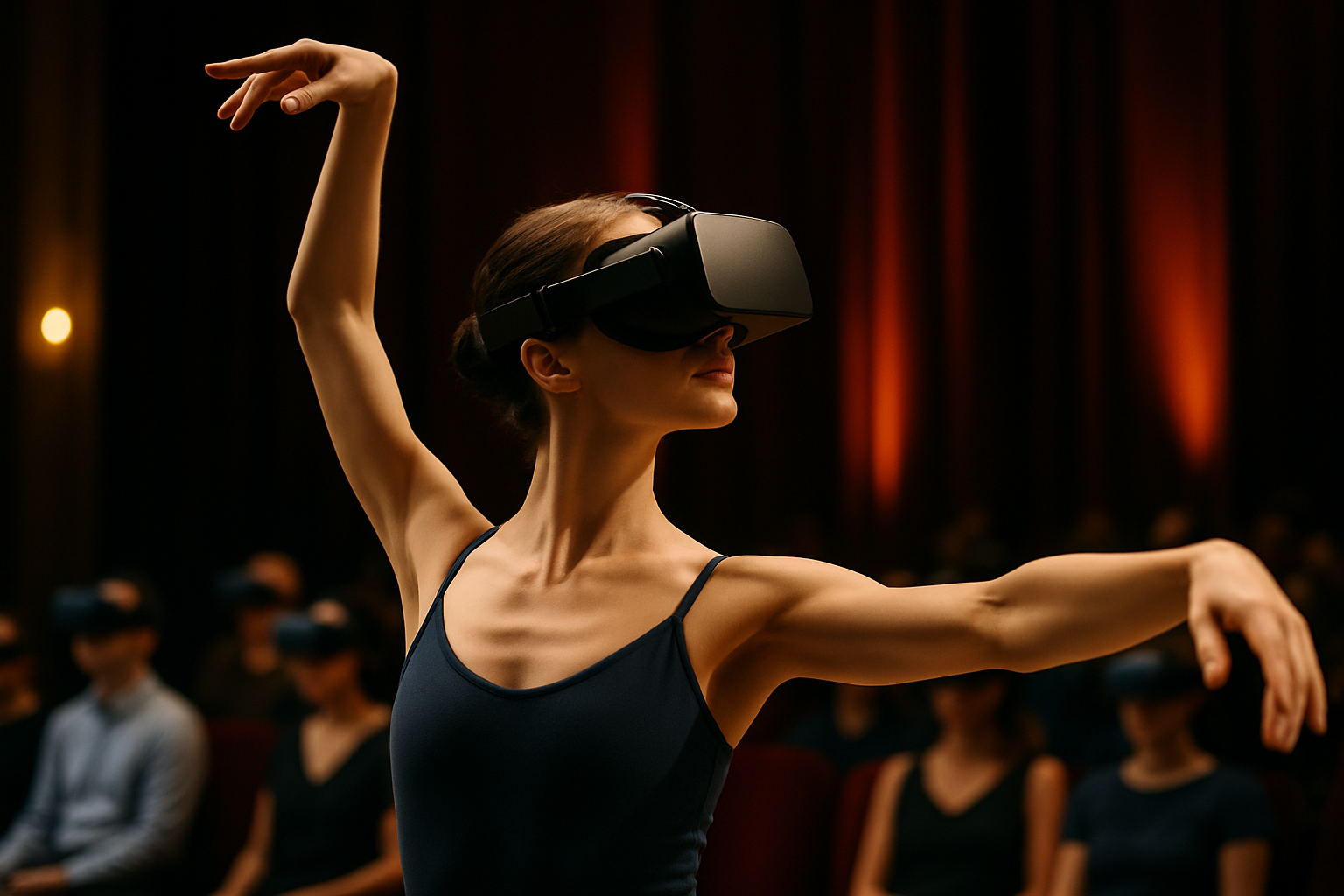Holographic Theater: Redefining Live Performance
In the ever-evolving landscape of live entertainment, a groundbreaking fusion of technology and artistry is reshaping the theatrical experience. Holographic theater, once confined to the realm of science fiction, has emerged as a revolutionary medium, blurring the lines between reality and illusion. This cutting-edge form of performance art combines the timeless allure of live theater with the limitless possibilities of digital projection, creating immersive spectacles that captivate audiences worldwide. As holographic technology continues to advance, it promises to transform not only how we consume entertainment but also how artists conceptualize and create their work.

Redefining the Stage
Traditional theater relies on physical sets, props, and the presence of actors to create a believable world. Holographic theater, in contrast, can conjure entire environments and characters out of thin air. This technological leap allows for seamless scene transitions, impossible transformations, and the ability to blend live actors with digital creations in real-time. The result is a fluid, dynamic performance space that can shift and morph to suit the narrative’s needs.
The Artistic Implications
For directors and designers, holographic theater opens up a vast new palette of creative possibilities. No longer constrained by the physical limitations of traditional stagecraft, they can realize visions that were previously impossible. From epic historical recreations to fantastical otherworldly realms, the only limit is the imagination. This freedom has sparked a renaissance in theatrical design, encouraging bold experimentation and pushing the boundaries of what’s possible in live performance.
Challenges and Controversies
Despite its potential, holographic theater is not without its detractors. Critics argue that the technology risks overshadowing the human element of performance, potentially reducing actors to mere puppets in a digital spectacle. There are also concerns about the high cost of implementation, which could widen the gap between well-funded productions and smaller, independent theaters. Additionally, the reliance on complex technology introduces new potential points of failure, raising questions about the reliability of holographic performances.
The Future of Holographic Theater
As the technology continues to mature, industry experts predict a boom in holographic productions. Major theater companies and entertainment conglomerates are investing heavily in research and development, aiming to create ever more convincing and immersive experiences. Some envision a future where holographic performances can be streamed directly into homes, allowing audiences to experience live theater in three dimensions from anywhere in the world.
Bridging the Digital Divide
One of the most exciting aspects of holographic theater is its potential to bridge the gap between live performance and digital media. By incorporating elements of video games, virtual reality, and interactive storytelling, holographic productions can appeal to younger, tech-savvy audiences who might otherwise be disengaged from traditional theater. This convergence of old and new media could revitalize the performing arts, attracting new audiences and inspiring a new generation of artists.
The Human Touch in a Digital World
While the technology behind holographic theater is undeniably impressive, its success ultimately hinges on the human creativity that drives it. Directors, designers, and performers are learning to harness these new tools to enhance, rather than replace, the emotional core of live theater. The most successful holographic productions are those that use technology in service of storytelling, creating experiences that resonate on a deeply human level.
Global Collaborations and Cultural Exchange
Holographic technology is also fostering unprecedented opportunities for global collaboration in the theater world. Artists from different countries can now perform together in real-time, their holographic projections sharing the same stage despite being physically separated by thousands of miles. This has led to exciting cross-cultural productions that blend diverse artistic traditions and perspectives, enriching the global theatrical landscape.
Ethical Considerations and Intellectual Property
As holographic performances become more prevalent, new ethical and legal questions are emerging. The ability to recreate deceased performers or historical figures raises complex issues of consent and representation. Additionally, the ease with which digital performances can be recorded and reproduced poses challenges for intellectual property rights and the economic models of live theater. These issues are actively debated within the industry, with stakeholders working to establish new guidelines and best practices.
Education and Training
The rise of holographic theater is also transforming theater education and training programs. Drama schools and universities are incorporating courses on digital performance techniques, holographic design, and the integration of technology in live productions. This shift is preparing the next generation of theater professionals to work in a landscape where the boundaries between physical and digital performance are increasingly blurred.





